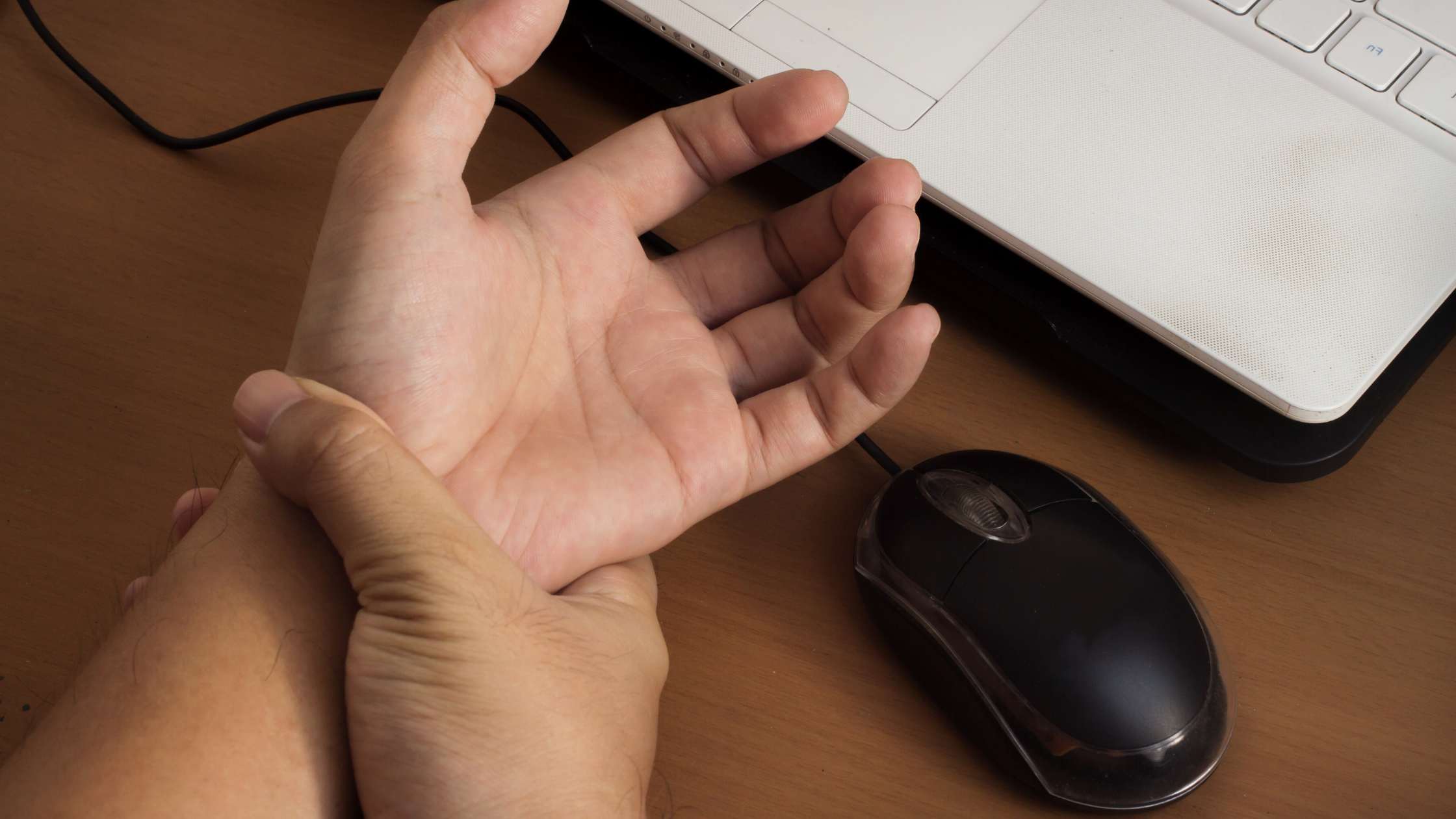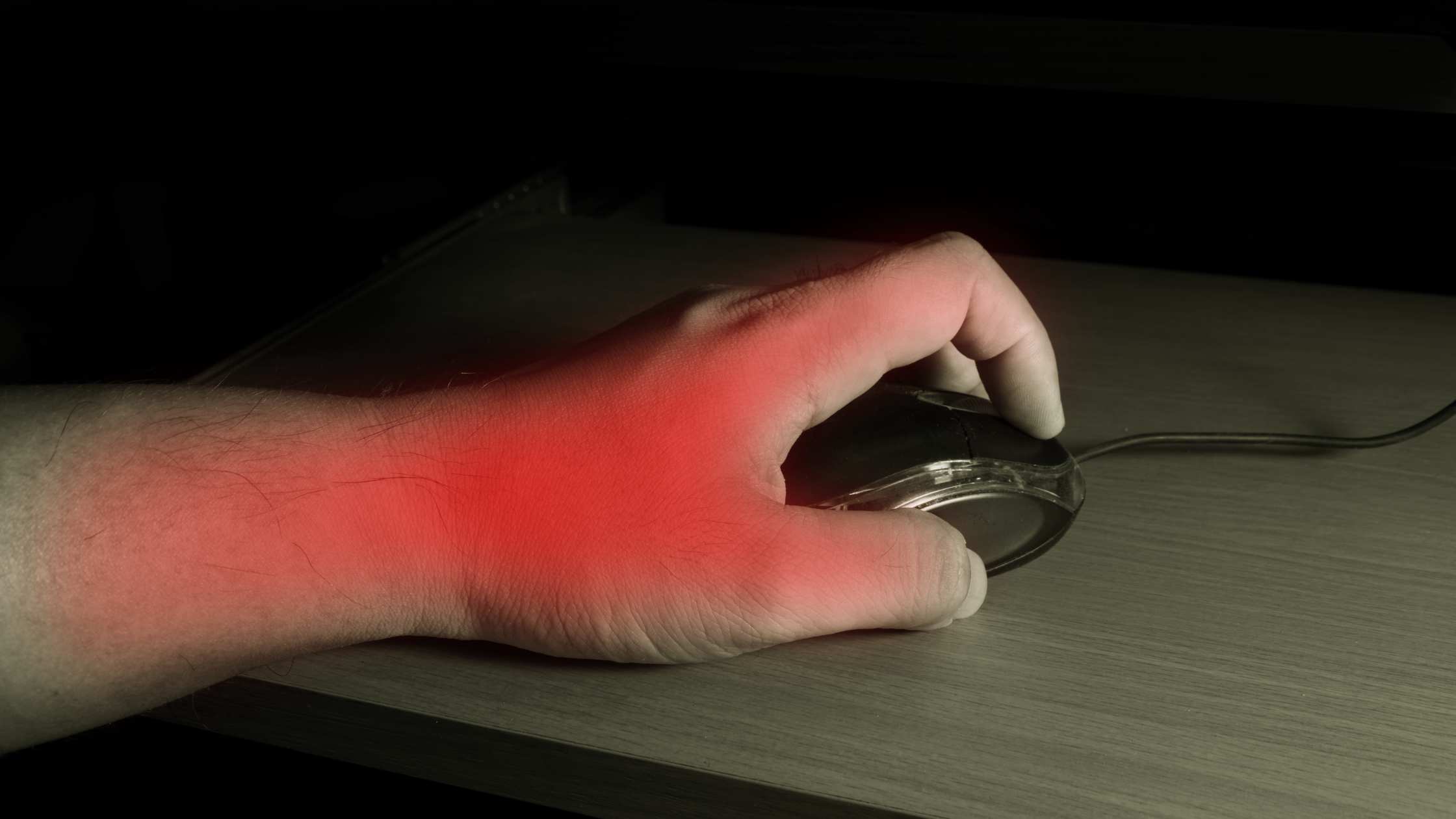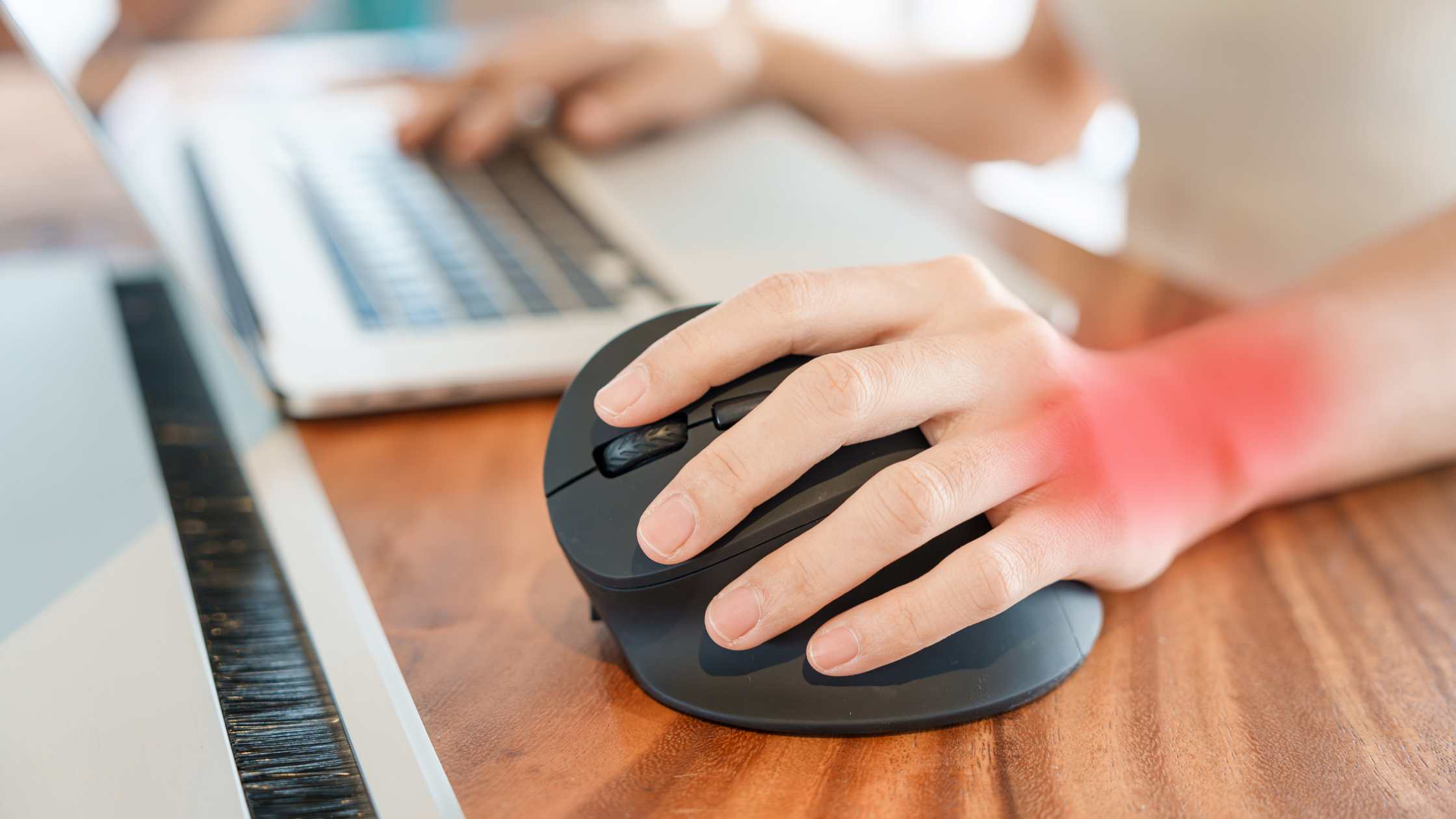Can Butterfly Clicking Cause Carpal Tunnel
Getting Started
Attention, gamers! In the pursuit of gaming excellence, the technique of butterfly clicking has become a buzzword among dedicated players seeking an edge. But amidst the excitement, a burning question lingers: Can butterfly clicking lead to carpal tunnel syndrome?
Join us on a concise exploration tailored for gamers as we delve into the potential risks associated with repetitive clicking. We'll unravel the truth behind the connection between butterfly clicking and carpal tunnel, equipping you with valuable insights to strike a balance between performance and hand health.
Let's embark on this journey together, uncovering the mysteries surrounding butterfly clicking and empowering gamers to make informed choices for sustainable gameplay. Together, we'll navigate the delicate equilibrium between gaming prowess and the well-being of our hands. Get ready to unlock the secrets and elevate your gaming experience while safeguarding your long-term well-being.
What is Butterfly Clicking?

You might have heard of butterfly clicking before - it's when you rapidly click your mouse button with two fingers, like a butterfly flapping its wings. This technique is commonly used in gaming and clicking competitions, as it allows for faster-clicking speeds compared to traditional clicking methods.
Butterfly clicking techniques involve using two fingers to click the mouse button rapidly, alternating between the two fingers to achieve a higher clicking speed. This technique can be advantageous for gamers who need to click rapidly in order to achieve an advantage in their game.
However, butterfly clicking has its disadvantages. It can cause strain on the fingers and wrist, which can lead to discomfort or even injury if done excessively. In comparison to jitter clicking, which involves rapidly vibrating the finger on the mouse button, butterfly clicking may be less effective for certain clicking tasks.
It is important to consider the potential risks and benefits before using this technique.
What is Carpal Tunnel Syndrome?

Carpal Tunnel Syndrome is a wrist condition that results from pressure on the median nerve.
The carpal tunnel is a narrow passageway in the wrist that houses the median nerve and tendons that allow the fingers and thumb to move.
When the tunnel becomes swollen or inflamed, it narrows and compresses the median nerve, leading to symptoms such as pain, numbness, tingling, and weakness in the hand and arm.
There are various causes of carpal tunnel syndrome, including repetitive motions such as typing, the use of vibrating tools, and fluid retention during pregnancy.
Treatment options range from conservative measures such as rest, ice, and wrist splints to more invasive procedures such as surgery.
Prevention involves taking regular breaks from repetitive activities, using ergonomic equipment, and maintaining proper posture.
If you experience symptoms of carpal tunnel syndrome, it's essential to seek medical attention promptly to prevent further progression of the condition and to receive appropriate treatment.
Can Butterfly Clicking Cause Carpal Tunnel Syndrome?

If you're an avid gamer or spend hours on your computer, it's important to be aware of how certain repetitive motions can affect your wrist health. Butterfly clicking techniques, which involve rapidly tapping one or both mouse buttons, have become popular among gamers. However, this technique can cause strain on the wrist and potentially lead to Carpal Tunnel Syndrome.
Studies have shown that repetitive motions, such as butterfly clicking, can cause inflammation and damage to the tendons in the wrist. This can lead to compression of the median nerve, which is what causes the symptoms of Carpal Tunnel Syndrome.
To prevent this, gamers should consider using ergonomic mouse designs for butterfly clicking, which can reduce the strain on the wrist and improve overall gaming performance.
Tips for Preventing Carpal Tunnel Syndrome

By taking a few simple steps, you can protect your wrists from the painful effects of repetitive motions that come with extended computer use. One of the most important things you can do is to create an ergonomic workspace. This means positioning your keyboard and mouse at the right height, using a wrist rest, and keeping your elbows close to your body.
In addition, you should make sure your chair provides good lumbar support and that your monitor is at eye level to avoid straining your neck. Another important step is to do hand exercises regularly. These exercises can help increase blood flow to your hands and wrists, which can reduce the risk of developing carpal tunnel syndrome.
Simple exercises such as wrist circles, finger stretches, and squeezing a stress ball can all be effective. It's also important to take frequent breaks throughout the day to give your hands and wrists a rest. By following these tips, you can prevent carpal tunnel syndrome and maintain good hand and wrist health.
Recap
If you're an avid gamer or computer user who frequently uses the butterfly clicking technique, it's important to be aware of the potential risks associated with this repetitive motion.
While there's no definitive evidence to suggest that butterfly clicking directly causes carpal tunnel syndrome, it can certainly increase your risk of developing this condition over time.
To prevent carpal tunnel syndrome, it's important to take frequent breaks, stretch your hands and fingers regularly, and use ergonomic tools and equipment that are designed to reduce strain and pressure on your hands and wrists.
By following these simple tips and being mindful of your clicking technique, you can reduce your risk of developing carpal tunnel syndrome and enjoy a healthier, more comfortable computing experience.
Frequently Asked Questions
Is Butterfly clicking bad for your arm?
Yes, butterfly clicking can strain the muscles and tendons in your arm, increasing the risk of conditions like carpal tunnel syndrome. It is advisable to avoid excessive clicking to prevent potential harm to your arm.
Can you get carpal tunnel from clicking fast?
Clicking fast, especially for extended periods, can contribute to the development of carpal tunnel syndrome. The repetitive motion and strain on the wrist and hand can increase the risk. It's important to practice good ergonomics and take breaks to reduce the risk.
How do you self-test for carpal tunnel?
You can perform self-tests like Phalen's Test, Tinel's Test, and Durkan's Test. These tests involve specific movements or pressure on the wrist to check for symptoms like tingling, numbness, or pain. However, a definitive diagnosis should be made by a healthcare professional based on a comprehensive evaluation.
Can butterfly clicking cause carpal tunnel like jitter clicking?
The rumor about butterfly clicking causing carpal tunnel likely stemmed from a similar rumor about jitter clicking. However, it is important to note that carpal tunnel syndrome is not commonly associated with butterfly clicking or jitter clicking. The only way jitter clicking can potentially cause carpal tunnel is if the wrist is used to vibrate the hand.
Is carpal tunnel syndrome curable?
Yes, carpal tunnel syndrome is treatable, and in most cases, it can be cured. The treatment options for carpal tunnel syndrome may include wrist splinting, nonsteroidal anti-inflammatory drugs (NSAIDs), corticosteroids, endoscopic surgery, or open surgery.






